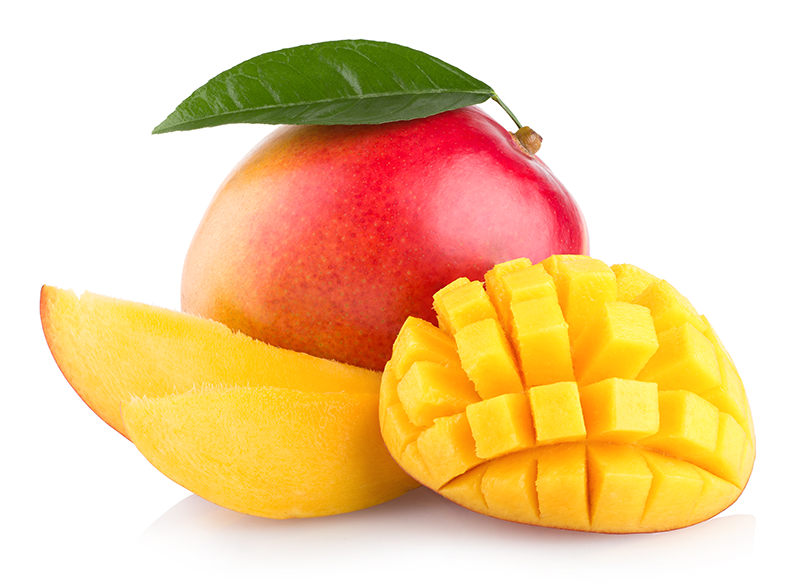
Mangos (Mangifera indica) were cultivated in India over 4,000 years ago. Known as the “fruit of the gods” or the “queen of fruits,” mangos were widely consumed throughout South Asia. Mangos eventually made their way via trade to Africa, Asia, Europe, and finally to the Americas. The first mangos were introduced and successfully cultivated in Florida in the early to mid-1800s. The Haden mango was the first commercially grown crop in Florida.
A member of the Anacardiaceae family, the mango tree is a related of poison ivy, poison oak and sumac– which means the plant produces urushiol, a chemical that causes an itchy rash. luckily, mangos only produce small quantities of the chemical, so even those who are sensitive to urushiol can usually consume the fruit’s flesh.
Eaten both ripe and unripe, mangos are also dried and powdered to be sold as amchur, an Indian spice.
References: University of Illinois Extension, University of Florida IFAS Extension, USDA.

